Colombia Coffee Bean Growing Region Story and Taste Flavor Characteristics Description Claw Coffee Hand Brewing Advice
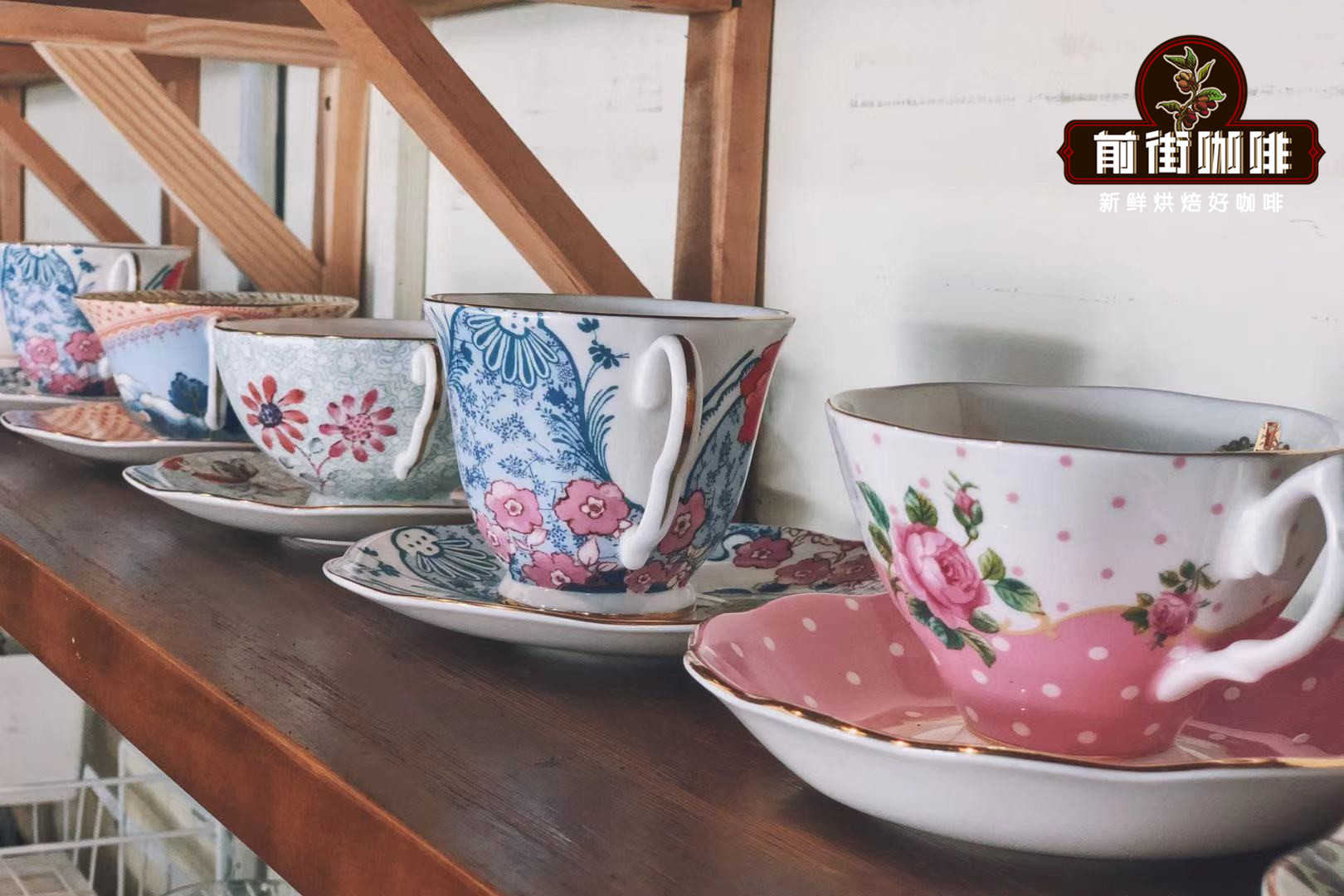
Professional coffee knowledge exchange more coffee bean information please follow the coffee workshop (Wechat official account cafe_style)
"Colombian Coffee" is one of the few individual coffees sold in the world under the name of the country. In terms of quality, it has won praise unmatched by other coffee. Compared with other producing countries, Colombia is more concerned with developing products and promoting production. It is this, coupled with its superior geographical and climatic conditions, that makes Colombian coffee excellent in quality and delicious and famous all over the world. In the front street coffee rations, there is a Colombian Huilan coffee bean, which represents the most typical Colombian coffee flavor.
This Colombian coffee has been a core product of Starbucks since 1990 and has been very popular since then, and Starbucks' iconic totem represents Colombian culture. The original purpose of Qianjie coffee is not to sell beans, but to taste coffee beans from all over the world. In this process, the purpose of Qianjie Coffee is to understand each coffee producing area, different coffee varieties in the same producing area, different treatments of the same coffee variety, and to establish a corresponding database, as well as the comparison between different coffee producing areas. Qianjie Coffee hopes to let more coffee lovers know about the world of coffee.
Coffee Culture in Colombia
Colombian coffee culture is also unique, coffee is the pride of Colombians, Colombians like to talk about a few things, in addition to their once one of the best football in the world, is the coffee they are proud of. Drinking coffee in Colombia is a pleasure. Not only is it necessary three times a day, but the streets are full of cafes and customers are full of seats from morning till night. There is no instant saying in the cafe. It is now cooked and sold. The young lady pours it with exquisite porcelain bowls, respectfully presents it to the customers, and adds sugar at will. The aroma is pervasive in the room, the bowl is sweet and delicious, and the slow taste is endless in aftertaste. No wonder the local people are addicted to it.
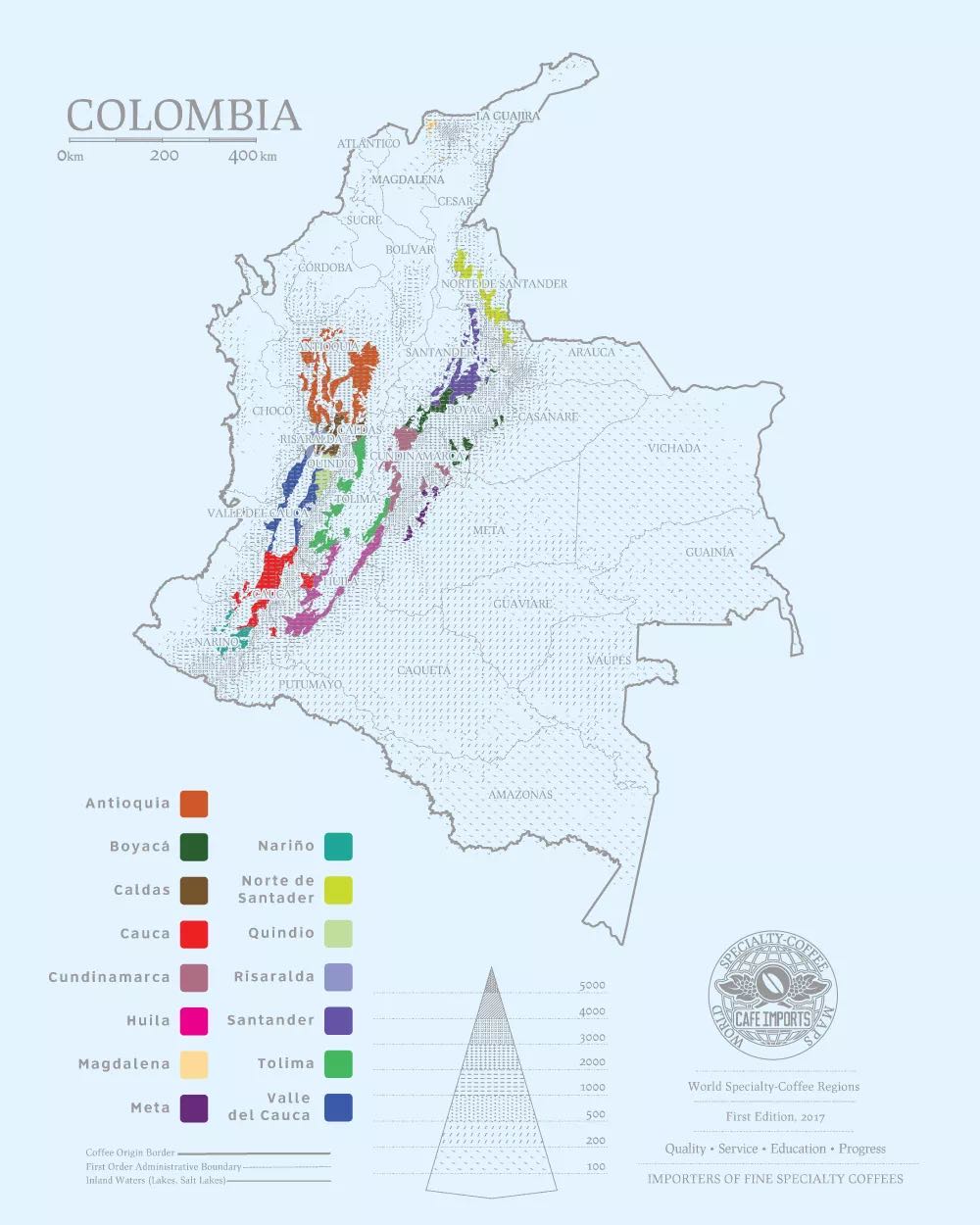
Colombian coffee is famous all over the world.
Colombia, located in the northwest of South America, is a beautiful country with a long history. Indians have lived on this land since ancient times. It was colonized by Spain in 1531 and gained independence in 1819. It was renamed in 1886 to commemorate Columbus, the discoverer of the American continent. In 1808, a priest introduced coffee to Colombia for the first time from the French Antilles via Venezuela.
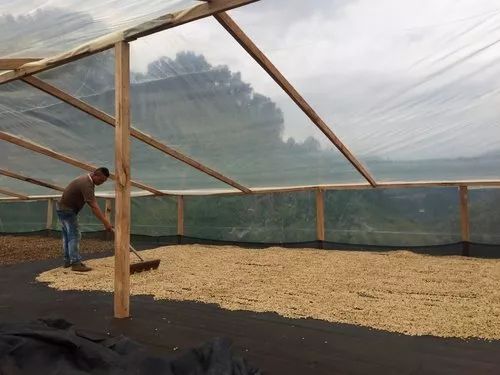
Colombia has four treasures: flowers, gold, emeralds and coffee. You can see the importance of coffee Colombia. And there may be very few coffee in the world named after a country, such as Nestle Coffee and Blue Mountain Coffee are not named after a country. Colombia is the first country to use the name of the country as a brand of coffee. Colombian coffee beans are famous for their quality, taste and high taste. Colombia's coffee production occupies a very important part of the country's economic life, with annual exports of about 1.5 billion US dollars, accounting for a large proportion of its foreign trade.
Just as only wine produced in the champagne region of France can be called champagne, only coffee produced in Colombia and picked by hand can be called "Colombian coffee". Colombian coffee is one of the few original coffee sold in the world under the name of the country. In terms of quality, it has won praise unmatched by other coffee.
Today, Colombia is the world's third largest coffee producer and exporter, the world's largest exporter of Arabica coffee beans and the world's largest exporter of washed coffee beans.
The unique geographical environment creates Colombian coffee.
Colombia has beautiful mountains and rivers, beautiful scenery, pleasant climate, spring all year round, fresh air and refreshing air. Colombia's mild climate, humid air, and diverse climate make it a harvest season all year round, with different kinds of coffee ripening at different times. What they grow is Arabica coffee beans of unique quality, and the coffee made from this coffee bean has a rich taste and endless aftertaste, which can be called fine coffee. Nowadays, many people equate "Colombian coffee" with "high quality" and "good taste".
The world coffee is divided into two series, one is the "soft" coffee represented by Brazil, which has a strong flavor, and the other is the "hard" coffee represented by the characteristics of Colombian coffee beans, which has a light flavor. The difference lies in the altitude of the producing area and the method of planting. Coffee is planted extensively in hilly red soil in Brazil and intensive cultivation in mountain black soil in Colombia.
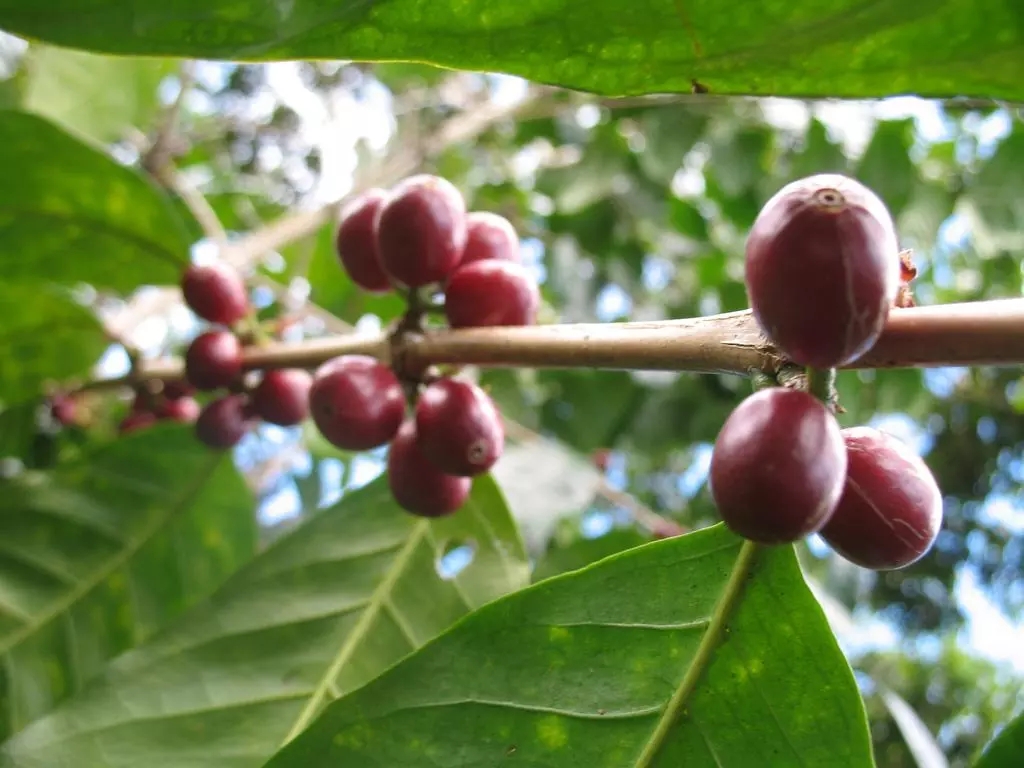
Colombian coffee is divided into more than 200 grades, which means that the coffee is very regional. The country's coffee-producing areas are located in the Andes, where the climate is mild and the air is humid. Colombia has three Codiera mountains running north and south, right into the Andes. Coffee is grown along the highlands of these mountains. The mountain steps provide a diverse climate, where the whole year is the harvest season, and different kinds of coffee ripen at different times. And fortunately, unlike Brazil, Colombia doesn't have to worry about frost. There are about 700 million coffee trees in Colombia, 66% of which are planted in modern plantations and the rest on small traditionally run farms.
The pure taste of Colombian coffee, in addition to the natural environment with the most favorable conditions for coffee growth, is inseparable from the hard work of local growers. In Colombia, coffee cultivation has reached 1.07 million hectares, there are about 302000 coffee plantations in the country, and 30 to 40 per cent of the rural population depends directly on coffee production. Although there are many farms in Colombia, they are not large in area. The area of each farm is only about 2 hectares, and more than 80% of the coffee plantations have only about 5000 coffee trees, an average of 3000. Thus it can be seen that agriculture in Colombia belongs to the small-scale farm type. The locals plant tall trees or banana trees around the coffee trees. Build an Arbor for coffee trees at the seedling stage to ensure the cool and humid environment needed for coffee growth. Due to the high humidity, small temperature difference and slow ripening of coffee beans in the coffee forest, it is conducive to the accumulation of caffeine and aromatic substances, so the quality of coffee is the best.
[coffee producing area]
Colombia is best known for producing areas such as Medellin, Armenia and Manizales, which are traditionally referred to as "MAM".
Colombia's boutique bean producing areas are mainly in the south, more than 1500 meters above sea level, including San Augustin, Huila in Huilan province, Popayan, Cauca in Cauca province, Nari ñ o province, and Tolima province, all of which have delicate sour and raspberry aromas, caramel aromas and full sweetness.
From north to south, the producing areas of Colombia are:
Santander/North of Santander Santander and North Santander
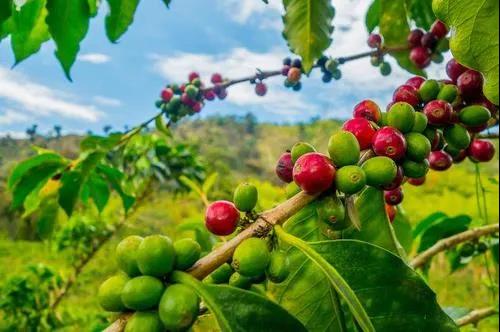
Santander is a famous producing area in northern Colombia, facing Magdalenaho to the west and growing about 1400-1600 meters above sea level. The coffee beans in this area are famous for their strong taste, long aftertaste and unique fresh vegetation flavor.
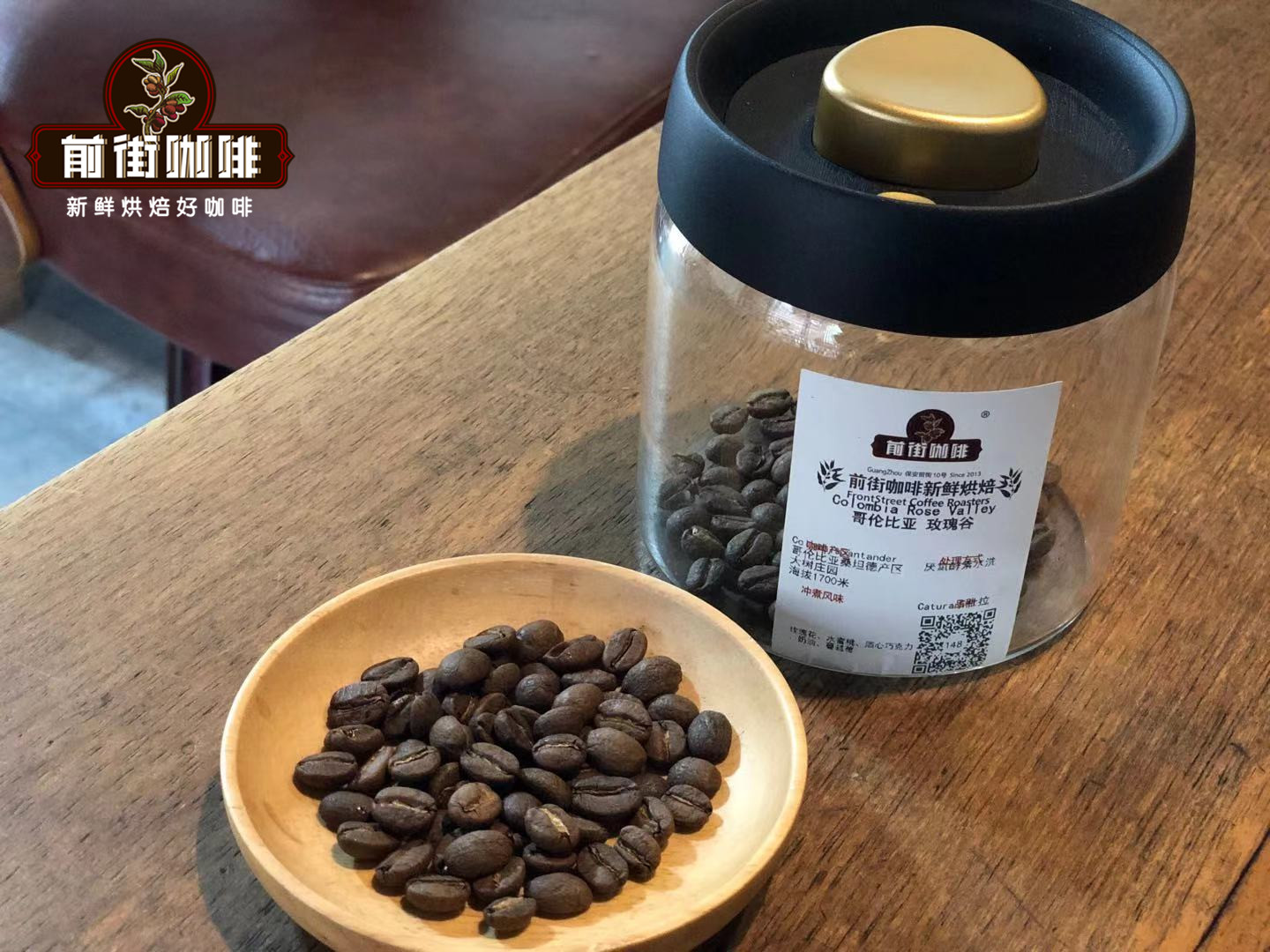
Representative coffee: front street coffee Columbia Tree Manor Rose Valley Coffee beans
Treatment method: anaerobic enzyme washing
Cooking utensils: hario v60
Degree of grinding: the pass rate of Chinese standard No. 20 screen is 80%.
Ratio of powder to water: 1:15
Water temperature recommended: 90-91 degrees
Cooking suggestion: steaming with 30 grams of water for 30 seconds, small water injection around the circle to 125 grams for segments, when the water level is about to be exposed to the powder bed, continue to inject water to 225 grams to stop water injection, and so on when the water level is about to be exposed to the powder bed, remove the filter cup, (the time of steaming starts) the extraction time is 2 minutes 39 percent ".
Flavor description: amazing peach characteristics, accompanied by rose and wine chocolate aromas, fragrant and fragrant, knead in the mouth and drink peach juice. It not only has the sweet and sour taste of black grapes, but also has the silky taste of cream taffy.
Antioquia Antioquia
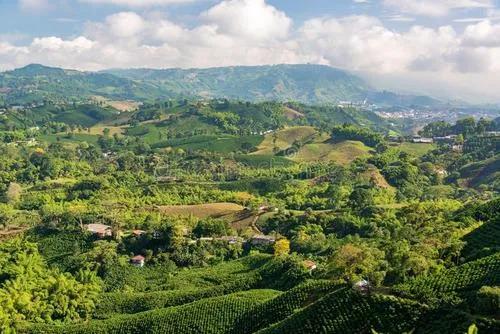
Antioquia, located in north-central Colombia, has 126,000 hectares of coffee cultivation and produces 18% of Colombia's coffee beans, second only to Huila. Most of the province is alpine terrain belonging to the Andes Mountains, but it is blown by the warm Caribbean sea breeze. Medellin, the capital city, is the second largest city in Colombia and an important coffee producing area in Colombia.
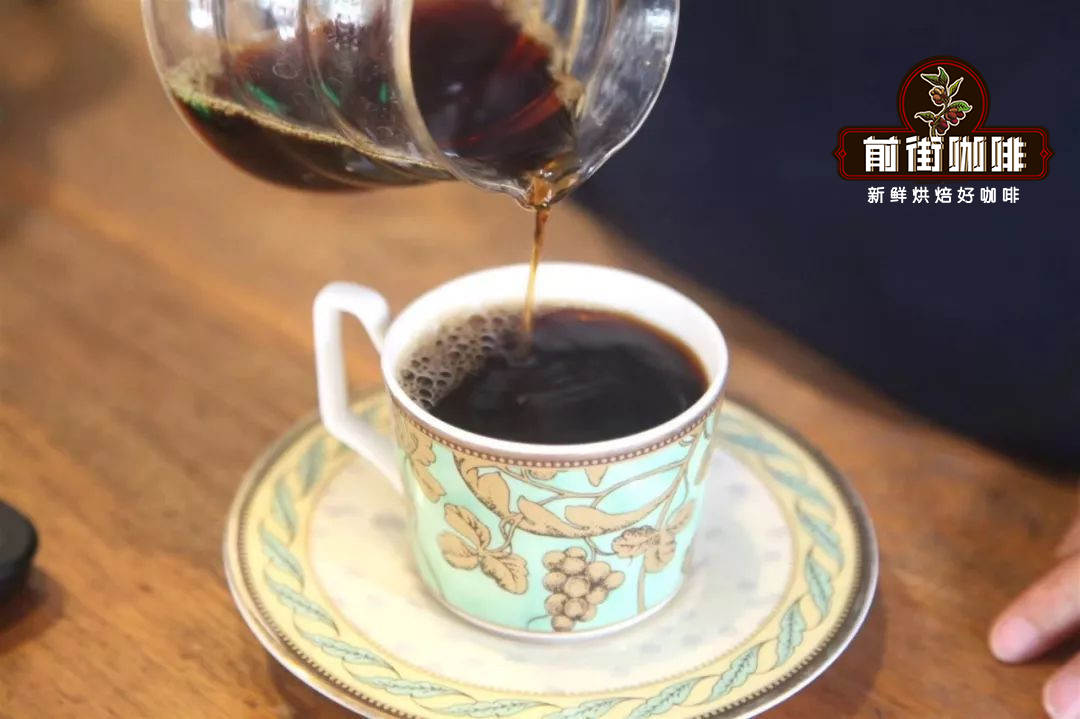
Representative Coffee: front Street Coffee Hailera Manor Coffee beans in Antioquia, Colombia
Treatment method: washing treatment
Cooking utensils: hario v60
Degree of grinding: the pass rate of Chinese standard No. 20 screen is 80%.
Ratio of powder to water: 1:15
Water temperature recommended: 90-91 degrees
Cooking suggestion: steaming with 30 grams of water for 30 seconds, small water injection around the circle to 125 grams for segments, when the water level is about to be exposed to the powder bed, continue to inject water to 225 grams to stop water injection, and so on when the water level is about to be exposed to the powder bed, remove the filter cup, (the time of steaming starts) the extraction time is 2 minutes 39 percent ".
Flavor description: light flower, white grape juice, honey sweet, cream, fruit fudge, sweet orange notes, smooth taste and thick sweetness.
Tolima Tolima
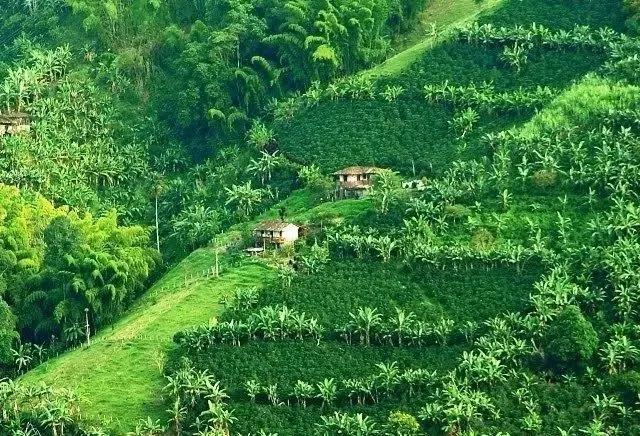
Tolima is adjacent to huila and cauca, which runs through the north-south Andes (M. Andes) and the Cordillera Mountains (M. Cordillera). Between the two famous mountain systems is the Magdalena River (R. Magdalena) running from south to north.
The name Tolima comes from the earliest people who lived here, "Pijaopeople". In the language of this ancient people (Pijao word), tolima means "snow cover" and "snowed". The farms in Tolima are generally slightly larger than those in other southern Colombian producing areas, ranging from 10 to 15 hectares. The cooperative approach is also popular here, where farmers send their small batches of fresh coffee and fruit to the cooperative's processing plant. Some farmers will also choose to deal with it on their own, making use of their own small-scale treatment facilities that can handle the harvest of the day.
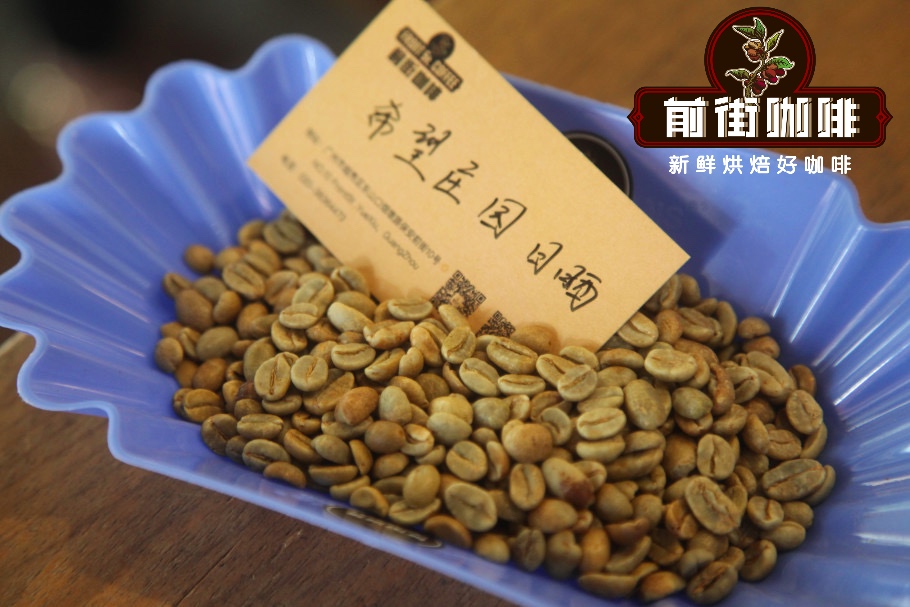
Representative Coffee: front Street Coffee Columbia Rosa Coffee beans
Treatment method: washing treatment
Cooking utensils: hario v60
Degree of grinding: the pass rate of Chinese standard No. 20 screen is 80%.
Ratio of powder to water: 1:15
Water temperature recommended: 90-91 degrees
Cooking suggestion: steaming with 30 grams of water for 30 seconds, small water injection around the circle to 125 grams for segments, when the water level is about to be exposed to the powder bed, continue to inject water to 225 grams to stop water injection, and so on when the water level is about to be exposed to the powder bed, remove the filter cup, (the time of steaming starts) the extraction time is 2 minutes 39 percent ".
Flavor description: hot imported sugar, licorice sweet, with a little sour tone of lemon, and oolong tea aftertaste, a bit like a cup of lemon tea; after the temperature drops, the citrus flavor is obvious, honey, sucrose is sweet for a long time. When the temperature drops, it feels like honey green tea.
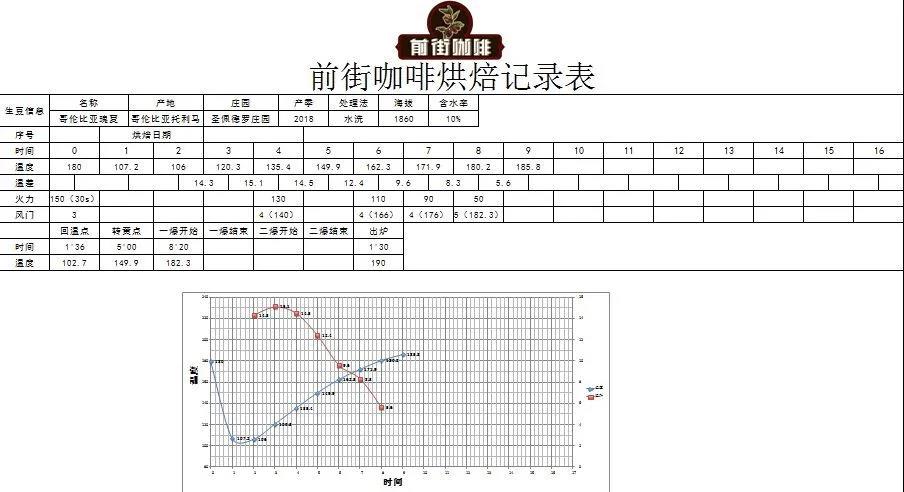
Baking suggestion: roaster Yangjia 800N
Enter the pot when the furnace temperature is 180 degrees Celsius, adjust the firepower to 150 after opening the throttle for 30 seconds, the throttle remains unchanged, adjust the firepower to 130 at 140℃, open the throttle to 4; at this time, the bean watch turns yellow, the smell of grass disappears completely, enter the dehydration stage, when the furnace temperature reaches 166℃, adjust the firepower to 110C, the throttle remains the same. The smell of toasted bread has obviously changed to the smell of coffee, which can be defined as a prelude to an explosion. At this time, it is necessary to listen clearly to the sound of the explosion point, adjust the firepower to 50 degrees Celsius, adjust the throttle to 5 (the firepower should be very careful, and not be so small as to be free of bursting sound), and after the explosion, the development of one cup of bread 39th 30 ", 190 degrees into the pot.
Huila Huilan
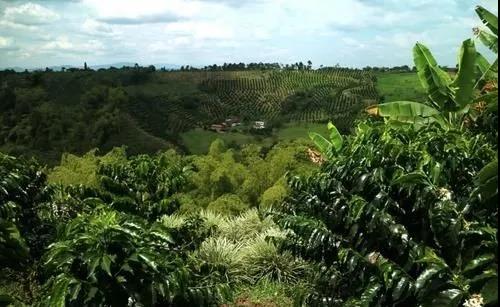
Huilan province, located in the southern part of the Central Mountains in southern Colombia, is the most famous boutique coffee producing area in the country. This area is a hilly land surrounded by mountains, planted more than 1500 meters above sea level, where the most important rivers in Colombia meet, bringing abundant water resources and moisture.
Contrary to the general impression that a large amount of Colombian coffee is balanced and smooth, the fine Goran products produced by many small farmers in micro batches are actually very characteristic of the flavor of the producing area. In recent years, with the attention to the quality of coffee and the demand for fine coffee in the international market, the original bean size grading system has been gradually abandoned to micro-batch (Micro-regional selections) provided by small farmers in micro-production areas, with dozens of small farmers providing their unit harvest into a micro-batch to sell, and because of this, they have more opportunities to measure by batch-by-batch cup. Directly pick out a lot of high-quality specific smallholder coffee.
Sidra originally came from Pichincha province of Ecuador, and the variety was called Sydra locally. According to the data, Hizugou is a laboratory variety, which was bred by the cross between iron pickup and red bourbon. Later, according to gene comparison, it was found that Hejaw coffee has similar genes with the original species of Ethiopia, so some scholars speculate that Sidra is the experimental variety exported by Ethiopia and the local bourbon coffee species of Ecuador. At present, the varieties of Hijaw Sidra are mainly in Ecuador and Colombia.
The dividing Line Manor (Finca El Diviso) is located in Huilan, one of the most famous coffee producing areas in Colombia; it is about 2100 meters above sea level and covers an area of 14 hectares. This is a family coffee estate, founded by Jose Uribe Lasso in 1996, and has been growing coffee for more than 25 years.
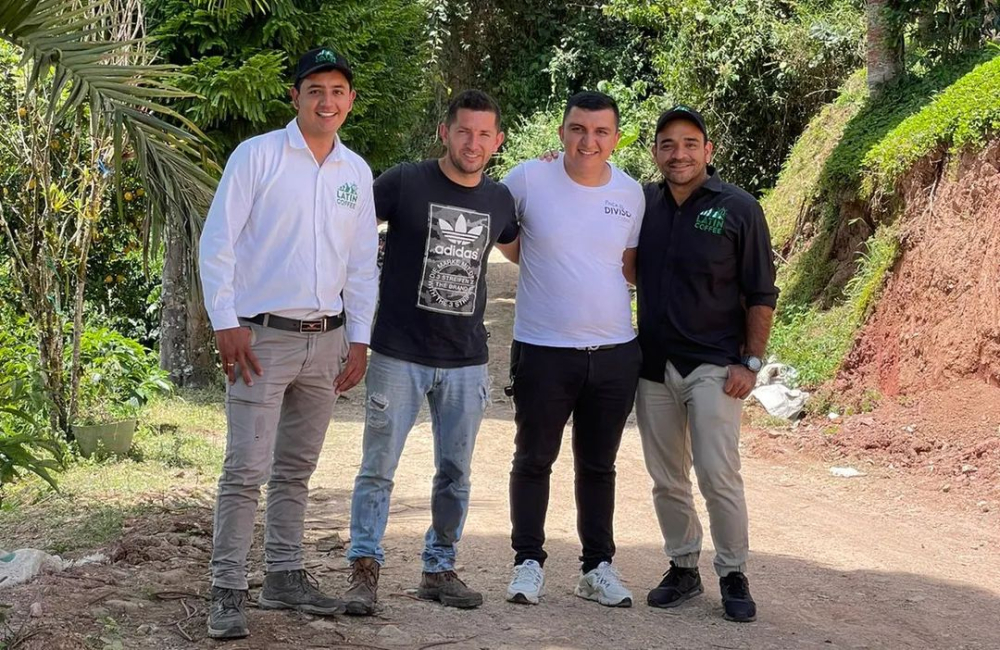
Currently, it is mainly run by Nestor Lasso, who is young and dynamic. His grandfather led him into the magnificent world of coffee. His father inherited the farm and had a superior ability to grow coffee. Under the influence of this family, Nestor continues to strive for excellence in coffee cultivation and processing, planting 12 beans, including Kaddura, Colombia, Hijaw, Castillo, Rosa and bourbon.
In the 2022 World Barista Competition, the champion barista Anthony Douglas used the coffee beans from the demarcation estate, so the coffee beans became the focus of everyone's attention.
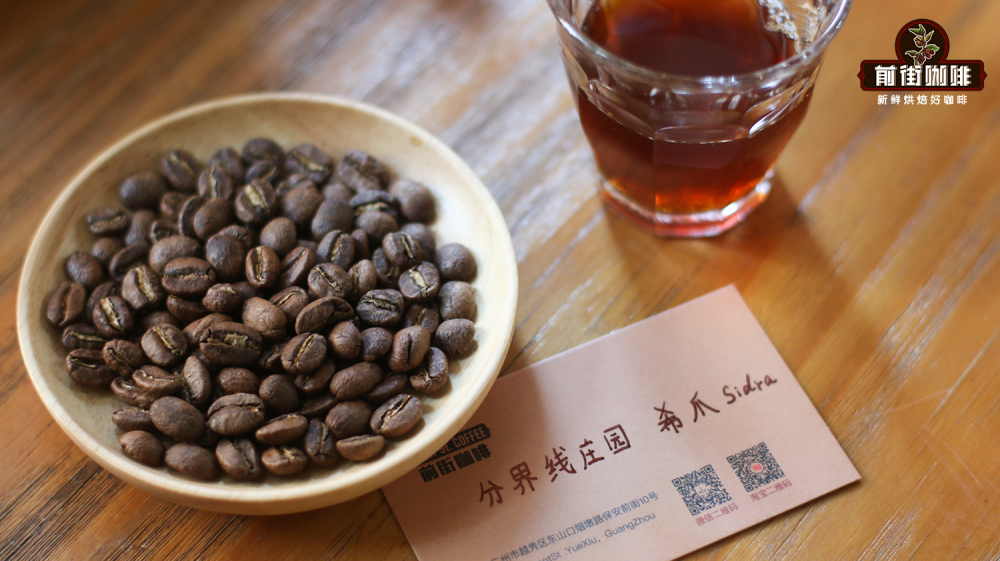
Representative coffee: front street coffee Columbia demarcation line manor claw coffee beans
Treatment method: double fermentation and solarization treatment
Cooking utensils: hario v60
Degree of grinding: the pass rate of Chinese standard No. 20 screen is 80%.
Ratio of powder to water: 1:15
Water temperature recommended: 90-91 degrees
Cooking suggestion: steaming with 30 grams of water for 30 seconds, small water injection around the circle to 125 grams for segments, when the water level is about to be exposed to the powder bed, continue to inject water to 225 grams to stop water injection, and so on when the water level is about to be exposed to the powder bed, remove the filter cup, (the time of steaming starts) the extraction time is 2 minutes 39 percent ".
Flavor description: the mouth has floral, tropical fruit, litchi, passion fruit flavor, if the taste is as smooth as juice.
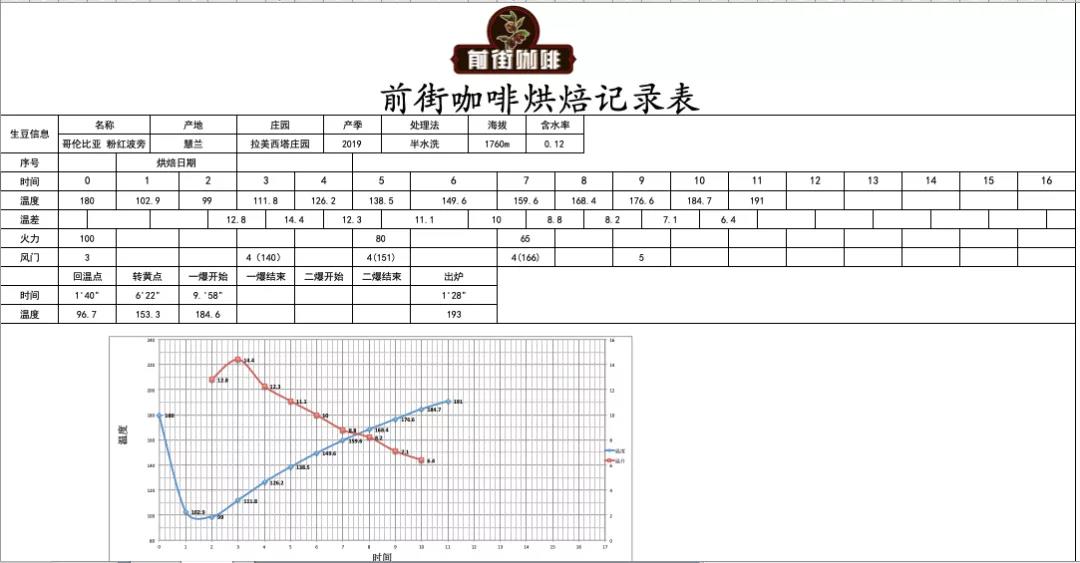
Baking suggestion: roaster Yangjia 800N
Furnace temperature to 180 ℃ into the pot, throttle open 3, firepower is 100; tempering point 1 temperature 39 ℃, the firepower remains unchanged, the throttle opens to 4; at this time the bean surface turns yellow, the smell of grass completely disappears, entering the dehydration stage, firepower drops to 65 when firepower drops to 80166 ℃ at 151℃, and the throttle remains unchanged. The smell of toasted bread has obviously changed to the smell of coffee, which can be defined as a prelude to an explosion. At this time, it is necessary to listen carefully to the sound of the explosion point. When the sound of the explosion starts, adjust the throttle to 5 (the tuning power should be very careful, not so small that there is no burst sound), and develop a burst after the explosion. 1 cup 39th 28 ", 193 ℃ into the pot.
The smell of toasted bread has obviously changed to the smell of coffee, which can be defined as a prelude to an explosion. At this time, it is necessary to listen carefully to the sound of the explosion point. When the sound of the explosion starts, adjust the throttle to 5 (the tuning power should be very careful, not so small that there is no burst sound), and develop a burst after the explosion. 1 cup 39th 28 ", 193 ℃ into the pot.
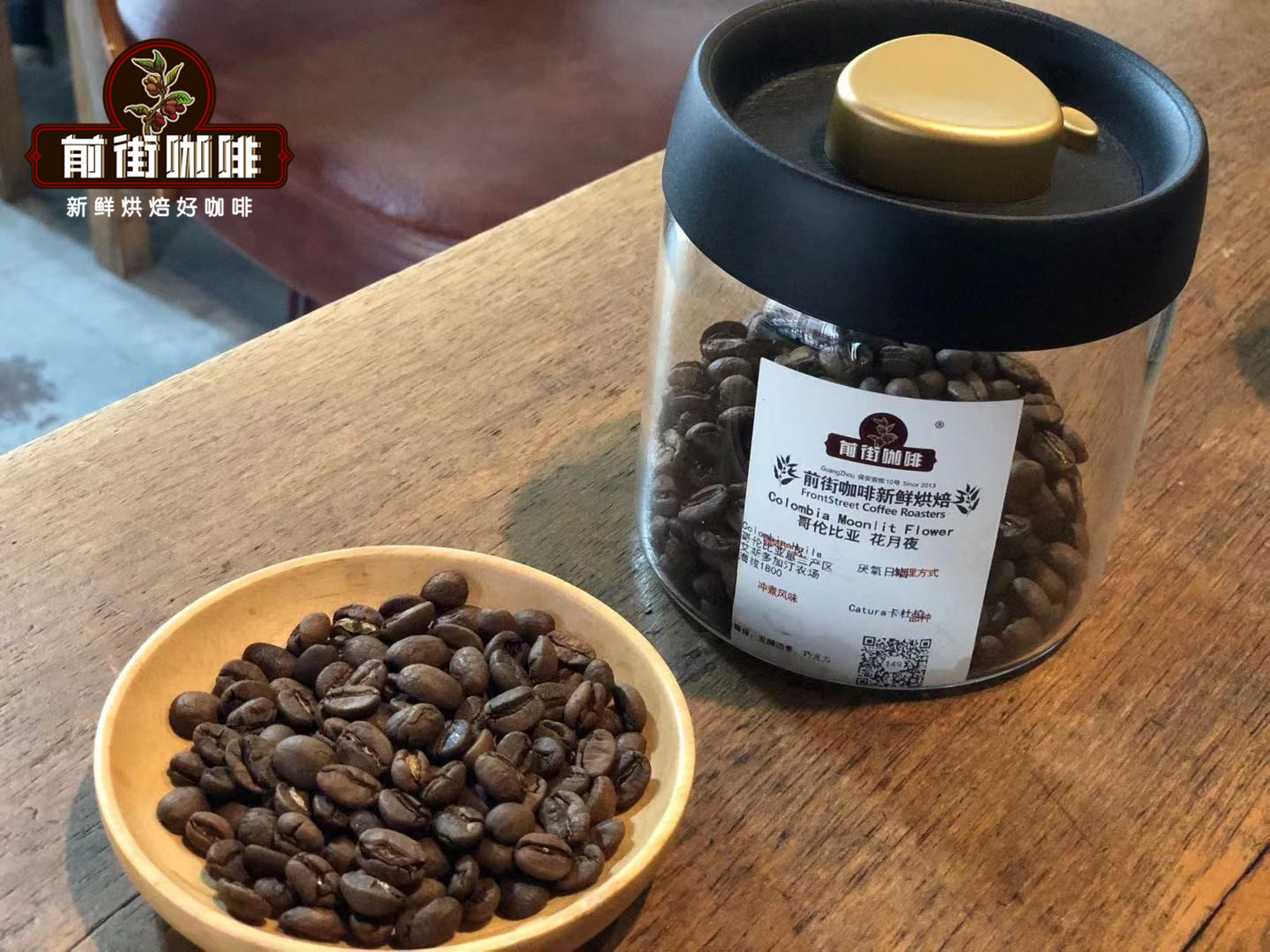
There is also a special treatment of Huilan producing area coffee beans: Qianjie coffee Colombian flower moon night coffee beans.
Cooking utensils: hario v60
Degree of grinding: the pass rate of Chinese standard No. 20 screen is 80%.
Ratio of powder to water: 1:15
Water temperature recommended: 90-91 degrees
Cooking suggestion: steaming with 30 grams of water for 30 seconds, small water injection around the circle to 125 grams for segments, when the water level is about to be exposed to the powder bed, continue to inject water to 225 grams to stop water injection, and so on when the water level is about to be exposed to the powder bed, remove the filter cup, (the time of steaming starts) the extraction time is 2 minutes 39 percent ".
Flavor description: the flavor is well balanced, with floral strawberries with black cocoa finish, cream and a sense of fermentation.
Baking suggestion: roaster Yangjia 800N
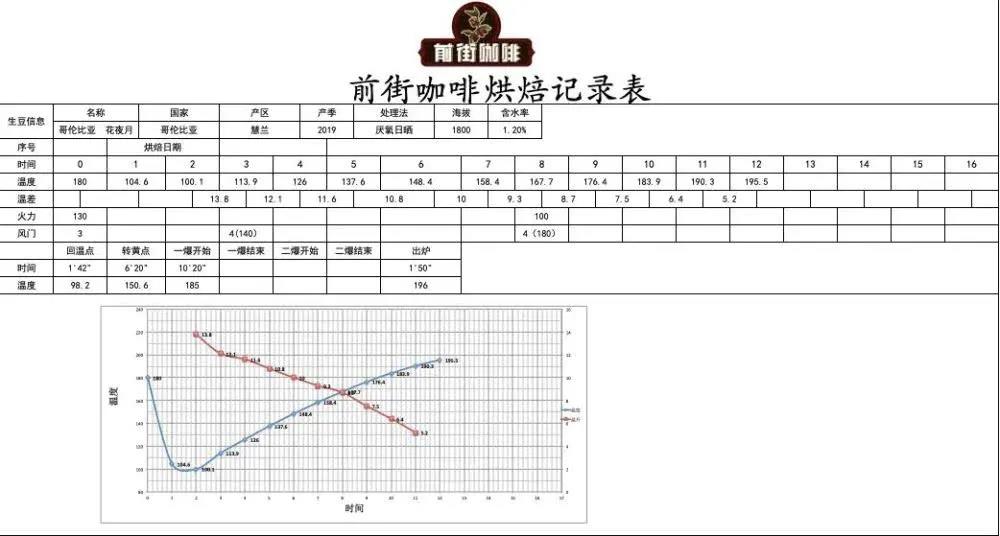
Enter the bean temperature 180 ℃, the initial firepower is 120, the throttle is 3, when the firepower is 140 ℃, the firepower will remain unchanged, the throttle will be opened to 4, at this stage, the bean slowly changes from green to yellow, the grass smell of the original raw bean slowly disappears and goes into a state of dehydration. 25 "is the yellow spot of beans. At this moment, the sweet aroma of beans is like that of baking bread. At 180 ℃, the firepower is reduced to 100, and the throttle does not change to 4. 9 & # 39: 38", ugly wrinkles and black markings appear on the bean surface, and the smell of toast obviously changes to coffee, which can be defined as a prelude to an explosion. 20 "began to explode, the throttle opened to 4, and after an explosion, the development of 50196 ℃ after the explosion, because considering that the Colombian anaerobic sun and night moon this bean is anaerobic sun, dehydration time as far as possible to let it take off to 9 minutes-9 minutes and 30 seconds, let the beans baked thoroughly, in order to avoid entrainment and other conditions. After one explosion, it developed to 1: 50 ", and 196 ℃ came out.
Cauca test card
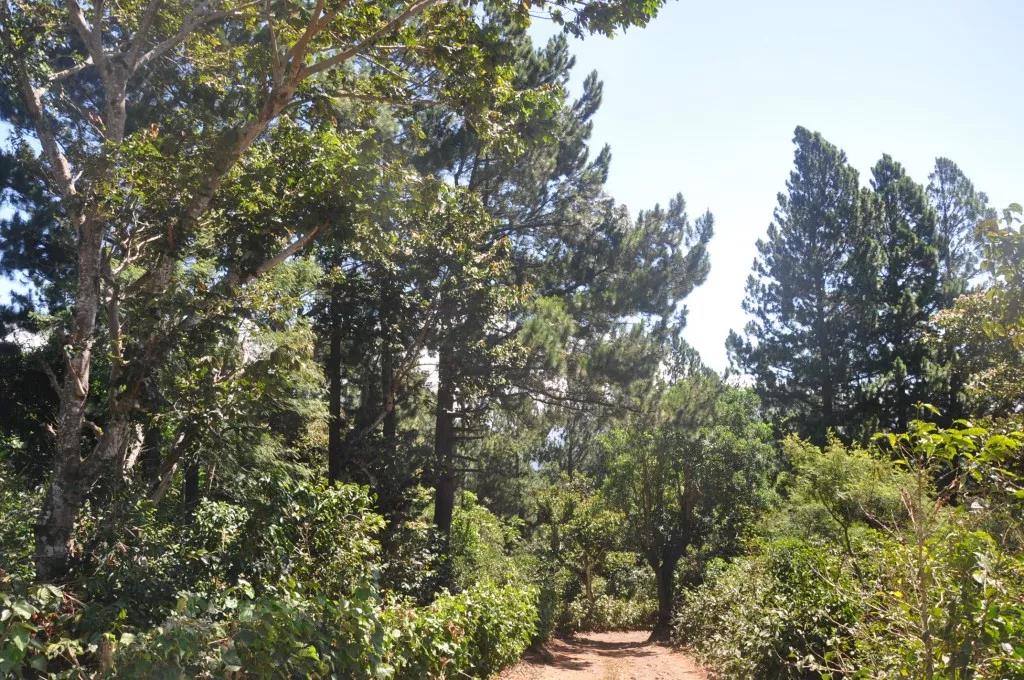
Cauca province is a certified coffee producing area in Colombia, with an average elevation of 1758m and a maximum elevation of 2100m. The topography, precipitation, temperature and volcanic soil of the area prepare suitable conditions for the growth of coffee. 80% is mountainous, with parallel mountain systems in the east and middle, part of the Andes, and the central mountain system includes two major volcanoes, Sotara and Petacas. The border province of Cauca, like other southwestern producing areas, has a distinct unimodal distribution (monomodal). The dry season mainly occurs from August to September each year, followed by a concentrated coffee season followed by the following year's concentrated coffee harvest season.
The biggest difference in climate with other producing areas is probably the relatively large temperature difference, with a daily average temperature of 11 ℃ and a daytime average temperature of 18 ℃. The temperature difference between day and night is an important factor in quality coffee. Low night temperatures and relatively higher elevations slow down the growth of coffee, allowing coffee seeds and beans to more fully absorb the nutrients of coffee fruits, as well as better acidity and commendable special sweetness of Coca Coffee.
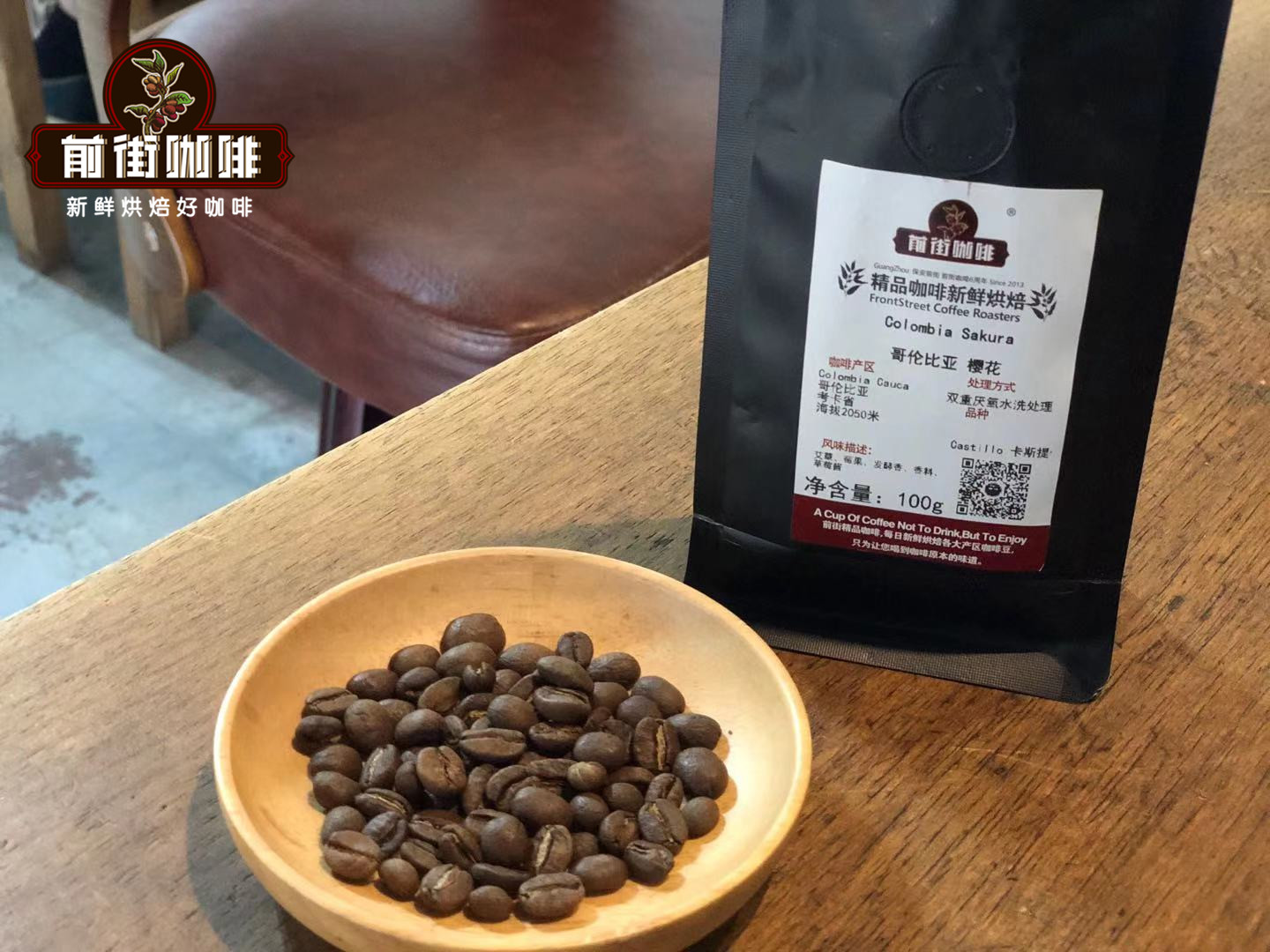
Representative Coffee: front Street Coffee Colombian Cauca Sakura Coffee beans
Treatment method: washing treatment
Cooking utensils: hario v60
Degree of grinding: the pass rate of Chinese standard No. 20 screen is 80%.
Ratio of powder to water: 1:15
Water temperature recommended: 90-91 degrees
Cooking suggestion: steaming with 30 grams of water for 30 seconds, small water injection around the circle to 125 grams for segments, when the water level is about to be exposed to the powder bed, continue to inject water to 225 grams to stop water injection, and so on when the water level is about to be exposed to the powder bed, remove the filter cup, (the time of steaming starts) the extraction time is 2 minutes 39 percent ".
Flavor description: the aroma of nuts is coming, with fresh lime on the entrance and clean acidity reverberating in the mouth.
Narino Na Linglong
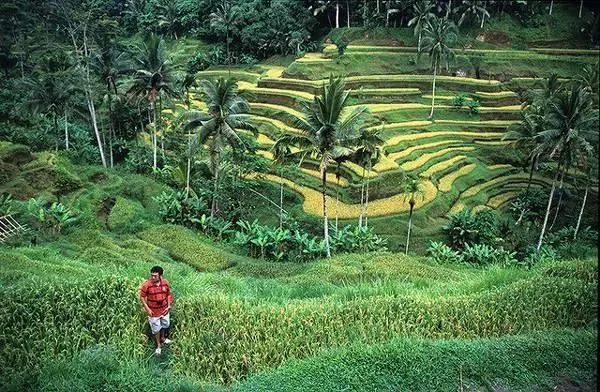
Narino province is located in the southwest of the country, facing the Pacific Ocean to the west and Ecuador (Ecuador) to the south. The Andes Mountains run through the province. Coffee is grown on a high-altitude cloud belt of 1600 Murray 2300. The soil is fertile volcanic geology, the bean shape is small but full, and the color is green. Most of the annual output of Nalinglong is purchased by large American soybean merchants. Narino province is located in the southwest of Colombia, bordering by the Pacific Ocean to the west and neighboring Ecuador (Ecuador) to the south, the Andes Mountains run through the province, where there are magnificent mountains and beautiful scenery, and there are many rivers flowing south through this area, belonging to Colombia's alpine coffee growing area, which has given birth to many small farmers of fine coffee. The total annual output of that Linglong province is about 150000 bags, while the part belonging to fine beans is only about 6000 bags.
Fabian Zarama is a coffee farmer in Nari ñ o, Columbia, and his farm is close to La Florida.
In recent years, Nalinglong has attracted strong attention from the boutique coffee industry, with an altitude of up to 2000 meters above sea level. Coupled with the special microclimate, the temperature remains between 16 and 25 degrees Celsius. The local Mount Galeras volcano is one of the most active volcanoes in the world. Its fertile volcanic soil makes it possible for Nalinglong to produce excellent coffee. Not only generally speaking, the quality is good, but also the flavor is quite unique.
Zarama established a standard planting process, fixed fertilization, cleaning and care of plants, and harvesting high-quality coffee year after year. This special batch is a single bean seed: Kaddura (Caturra), planted at 1900 meters above sea level and washed with clean spring water. The cherries will be peeled and fermented for 18 hours and then dried for 15 days.
During the blind test, Zalama's coffee is particularly prominent, full-bodied, rich and complex fruit flavor, coupled with Coke flavor, very special.
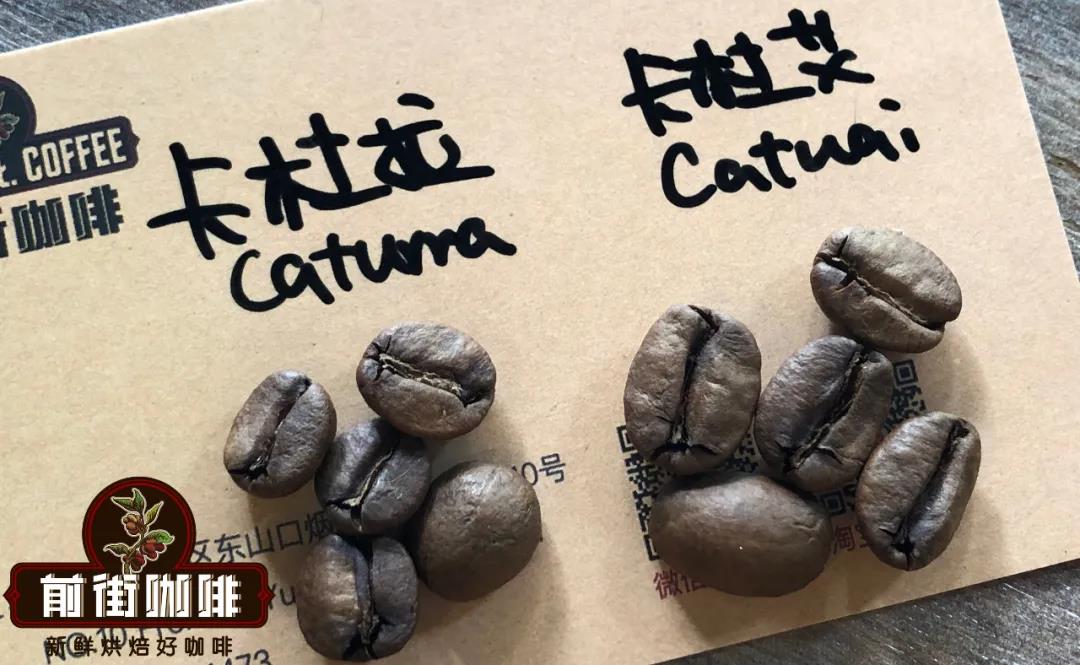
Representative Coffee: front Street Coffee French Zara Makadura Coffee beans
Treatment method: washing treatment
Cooking utensils: hario v60
Degree of grinding: the pass rate of Chinese standard No. 20 screen is 80%.
Ratio of powder to water: 1:15
Water temperature recommended: 90-91 degrees
Cooking suggestion: steaming with 30 grams of water for 30 seconds, small water injection around the circle to 125 grams for segments, when the water level is about to be exposed to the powder bed, continue to inject water to 225 grams to stop water injection, and so on when the water level is about to be exposed to the powder bed, remove the filter cup, (the time of steaming starts) the extraction time is 2 minutes 39 percent ".
Flavor description: cream sugar, cola, cherries, refreshing acidity, thick taste
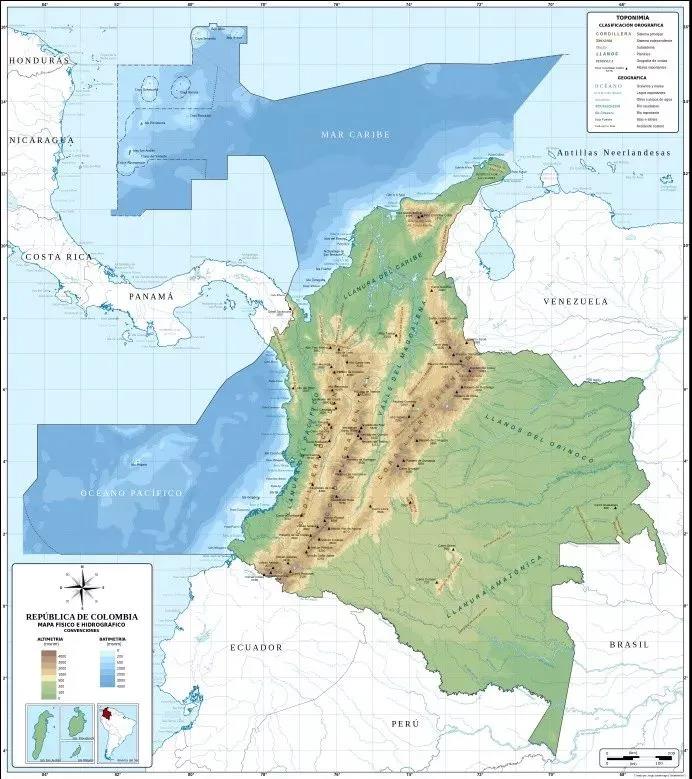
[harvest season varies by region]
Columbus coffee cultivation is distributed along the Andes Mountains, from south to north, roughly divided into northern producing areas, central producing areas and southern producing areas, in which the central region has two primary and secondary seasons, and the north and south have one season. Due to the differences in geographical and climatic characteristics from north to south, the north-south season is just the opposite, while the central part has different primary and secondary seasons according to whether it is south or north. It can be said that beans are produced all the year round, and we mainly distinguish the regions according to the winter and summer seasons.
The winter season is from September to December, including the following areas
Magdalena Magdalena common items
Santander Santander
Antioquia Andi O'Quia common items
North of Santander North of Santander
Boyaca Boyaca
Meta Matta
The central region near the north will have two primary and secondary seasons, the main season is from September to December in winter, and the secondary season is between April and May in summer.
Caldas Caldas
Risaralada Salala da
Parts of Cundinamarca Quintina Maka have begun to emerge in the market.
Some areas of Quinido Jindio began to emerge in the market.
Common items of sub-ashes in some areas of Tolima Tolima
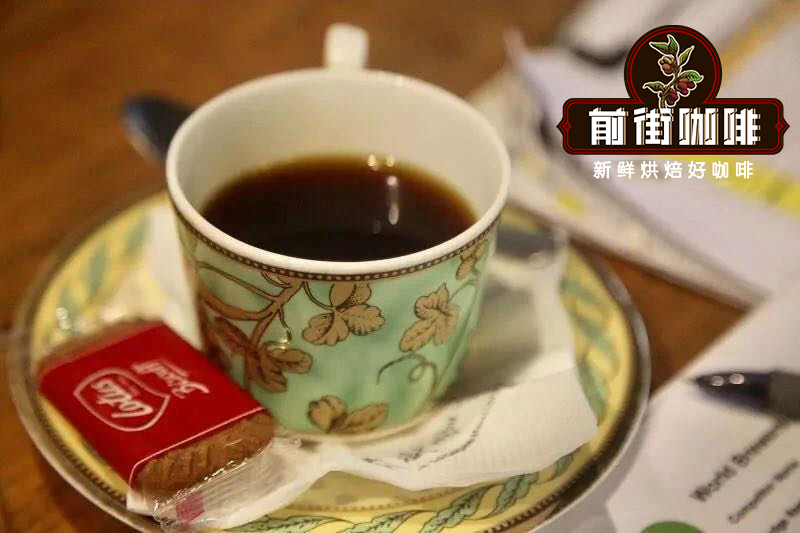
The central region near the south will have two primary and secondary seasons, the main season is from March to June in summer, and the secondary season is from October to November in winter.
Parts of Valle Waye began to emerge in the market.
Parts of Quindio Kingdeo
Cundinamarca Quintina Maka part of the area
Part of Tolima Tolima
The summer production season is from March to June, including the following areas
Part of Valle Waye
The bone ash grade of Cauca test is common.
Cundinamarca Quintina Maka part of the area
Huila Huilan ashes are common
Narino Na Linglong secondary bone ash grade is common
Note: the production season here refers to the stage of post-processing when the coffee fruit is ripe and harvested in the producing area. Usually 2-3 months after this stage, the beans of the real new production season will arrive at our consumption end.
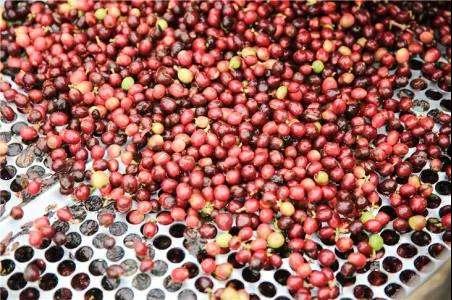
[coffee processing]
The vast majority of Colombian coffee is washed. Unlike other South and Central American countries, most coffee growers process coffee in their own washing plants. Every small peasant family has a small special processor (Ecomill or Eco-Pulper). The harvested coffee fruit is poured into it, which removes not only the peel and pulp, but also most of the pectin, and only a very small amount of water is needed. Next, the shell beans with a small amount of pectin will go into a small pool or container, which may be a cement pool (some tiles) or a stainless steel bucket that will ferment overnight and loosen the residual pectin. Rinse with clean water the next day, and the washing process is completed. Carry out all treatments in your own home so that growers can have complete control over the quality of coffee.
According to the weather, if the weather is good, of course the first choice is natural drying, there will be a large shed, spread to the wooden scaffolding to dry the greenhouse Green House; otherwise, it will be laid on an empty cement ground for drying (drying field Patio); if the weather is bad, it is rainy, then use a dryer to dry, the dryer will have an intake temperature control, usually around 50 degrees Celsius.
In recent years, Colombia has developed an environmentally friendly washing method, in which water is reused, reducing the original 40L water needed to produce raw 1kg coffee beans to 0.6-2L. It is quite environmentally friendly, but it will have an impact on the quality of raw coffee beans. Maybe that's why Colombian raw beans tend to turn white.
[about FNC]
The Colombian National Coffee producers Association is the only official coffee professional guild in Colombia and has become one of the largest agricultural non-governmental organizations in the world since its inception. The association represents more than 540000 families of coffee farmers, promoting collaboration and joint decision-making to safeguard the interests of coffee growers and their families. The association has helped coffee growers in Colombia reach the necessary consensus to achieve appropriate well-being for coffee farmers.
FNC also supports different areas of coffee production, such as technological research and development, optimizing production costs, improving coffee quality, and providing technical assistance and quality assurance to coffee growers through extension services to ensure better benefits for Colombian coffee growers. As Colombia's largest exporter of raw beans, the Association is also responsible for export quality control to ensure that all raw coffee beans exported from Colombia meet export quality standards.
Industry chain: Columbia Coffee producers Association FNC, Colombia National Coffee Research Center CENICAFE, regional coffee production associations (Colombia has 32 regional Departments, of which 20 are coffee growers), traders, international roasters, and you, "God" who read the words.
The biggest purpose of FNC is to be the spokesman of Colombian Coffee, promising that FNC is willing to buy as long as coffee farmers are willing to sell coffee. FNC not only works as the international ambassador of Colombian Coffee to do coffee marketing in the international market, and successfully creates the image of "Uncle Juan"; at the same time, Colombia has also invested a lot of manpower and material resources to participate in farmers' planting and production, management and continuous operation.
CENICAFE was founded in 1938, as the technical support of FNC, committed to coffee variety breeding, farmers planting production agronomic training.
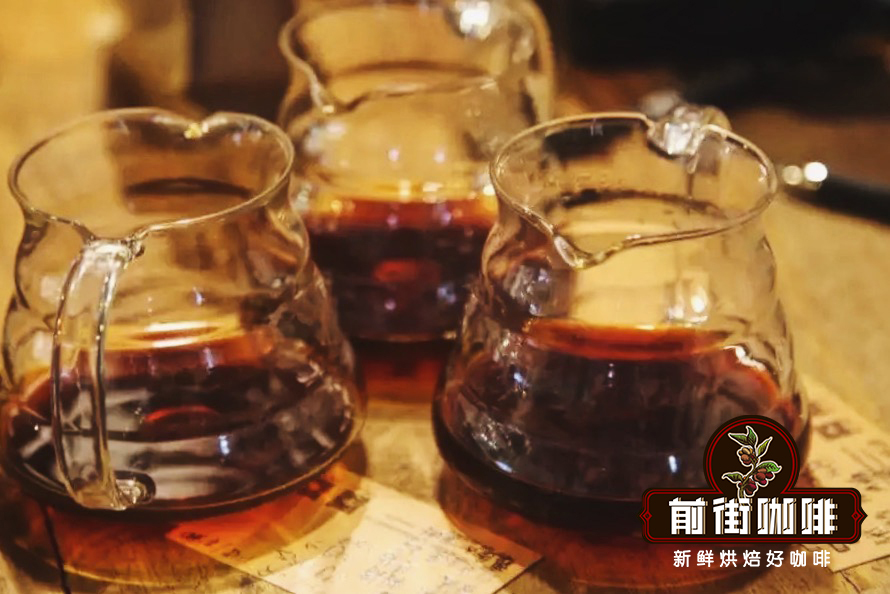
About the variety
The early varieties planted in Colombia were the old iron pickup and bourbon, which were replaced by Kaddura in 1970; Kaddura is not only more productive per plant than iron pickup and bourbon, but also can be planted more per unit of acreage because the tree is more compact.
Since 1961, CENICAFE began to study Timor varieties of Robusta blood, and then selected Timor and Caturra into Columbia's Katim Catimor series. After five generations of breeding, CENICAFE released Colombia's first disease-resistant variety Colombia in 1982, and then after the emergence of leaf rust in 1983, Colombia varieties began to be planted in large quantities.
Subsequently, CENICAFE continued its research and development, releasing the second disease-resistant variety Tabi (a hybrid of iron pickup, bourbon and Timor) in 2002, and the most functional disease-resistant variety Castillo so far in 2005. After the outbreak of leaf rust in 2008, Colombia began to vigorously promote Castillo cultivation.
Implementation and support of Castillo varieties
This is a coffee reform support loan program for small farmers to grow disease-resistant variety Castillo in Colombia in 2012. Under the 7-year loan program, farmers only need to repay 60% of the principal when they finally repay the loan, and the other 40% is borne by the government (some banks are willing to pay the bill). There is no need to repay the loan in the first two years of the loan. The annual interest rate is 11% at the beginning of the third year. After the farmers' funds are returned after the end of the production season, the loan will be repaid every year. Whether farmers transplant Castillo is completely voluntary, the above plan is only for Castillo planting trial.
The latest news is that CENICAFE released a new disease-resistant variety CENICAFE 1 in December 2016, which is also a hybrid of Kaddura and Timor (1343). It has the same good flavor as Castillo, has a higher yield and is resistant to leaf rust and coffee beetles.
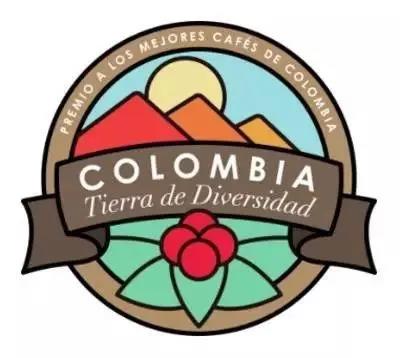
About the coffee competition
Colombia's international coffee competition came in two forms from 2005 to the present. Starting from 2005-2015 Coe Coe, Colombia organized its first international coffee competition, named LAND OF DIVERSITY, and conducted its first offline auction. The new competition also has a great change compared with the competition system of CoE.
It is divided into two categories: small batches (SMALL BATCH) and large batches (LARGE BATCH). For the first time, large batches (LARGE BATCH) are included in the bidding system; small batches start at US $5 / lb and large quantities start at US $2 / lb.
The classification of coffee is evaluated by attributes, and the five attribute categories of small batches of coffee are evaluated in the tournament. Each coffee can be nominated in one or more categories and win the final championship award in this category.
The five attributes are acidity Acidity, taste Body, balance Balance and flexibility Mildness.
For more boutique coffee beans, please add private Qianjie coffee on Wechat. WeChat account: kaixinguoguo0925
Important Notice :
前街咖啡 FrontStreet Coffee has moved to new addredd:
FrontStreet Coffee Address: 315,Donghua East Road,GuangZhou
Tel:020 38364473
- Prev
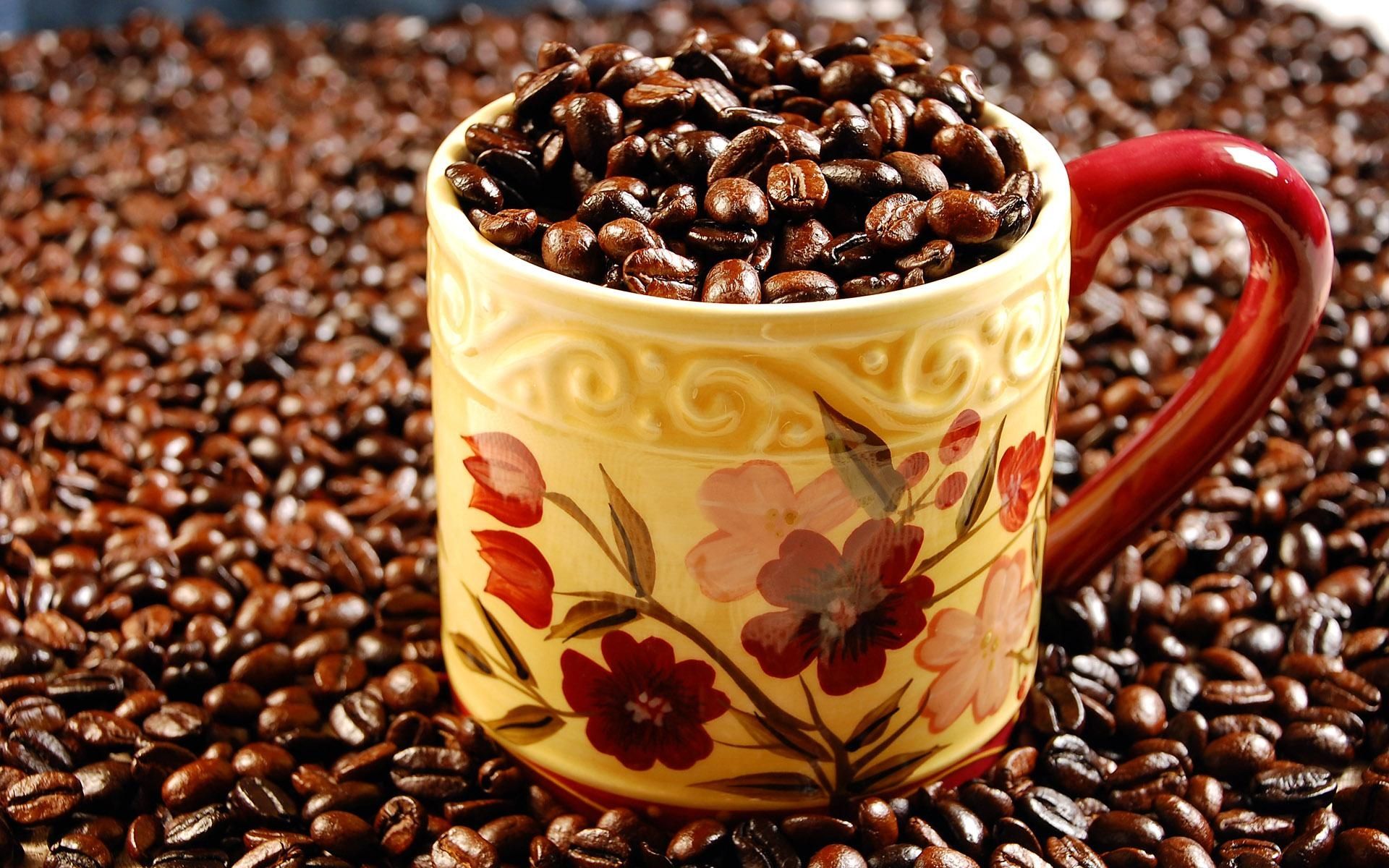
Colombian coffee beans hand-flushed
Follow the caffeine review (Wechat official account vdailycom) found that the beautiful cafe opened a small shop of its own, the calculation of caffeine content in a cup of coffee: coffee beans (grams) the percentage of caffeine in this kind of beans. In other words, if you use 18 grams of Yega to make coffee, regardless of hand brewing, siphon, French pressure, Italian machine, American machine, and Philadelphia pressure, you use Yega's 1.4% caffeine ratio.
- Next
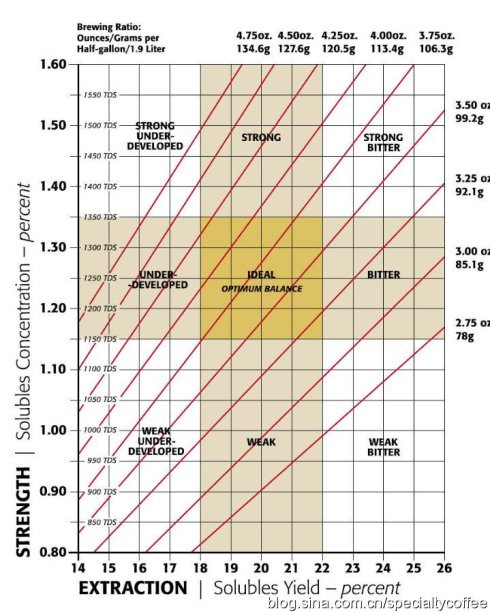
Columbia Coffee Bean Water ratio
Standard brewing ratio (Standard Brewing Ratio) the number of cups of coffee Cups of Coffee the amount of water used by COFFEE TO BE USED WATER TO BE USED by weight BY WEIGHT by weight BY MEASURE ounces Ounces grams Grams teaspoons Tea Spoons spoons Table Spoons cup Cups coffee liquid (ounces) Fluid O
Related
- Detailed explanation of Jadeite planting Land in Panamanian Jadeite Manor introduction to the grading system of Jadeite competitive bidding, Red bid, Green bid and Rose Summer
- Story of Coffee planting in Brenka region of Costa Rica Stonehenge Manor anaerobic heavy honey treatment of flavor mouth
- What's on the barrel of Blue Mountain Coffee beans?
- Can American coffee also pull flowers? How to use hot American style to pull out a good-looking pattern?
- Can you make a cold extract with coffee beans? What is the right proportion for cold-extracted coffee formula?
- Indonesian PWN Gold Mandrine Coffee Origin Features Flavor How to Chong? Mandolin coffee is American.
- A brief introduction to the flavor characteristics of Brazilian yellow bourbon coffee beans
- What is the effect of different water quality on the flavor of cold-extracted coffee? What kind of water is best for brewing coffee?
- Why do you think of Rose Summer whenever you mention Panamanian coffee?
- Introduction to the characteristics of authentic blue mountain coffee bean producing areas? What is the CIB Coffee Authority in Jamaica?

